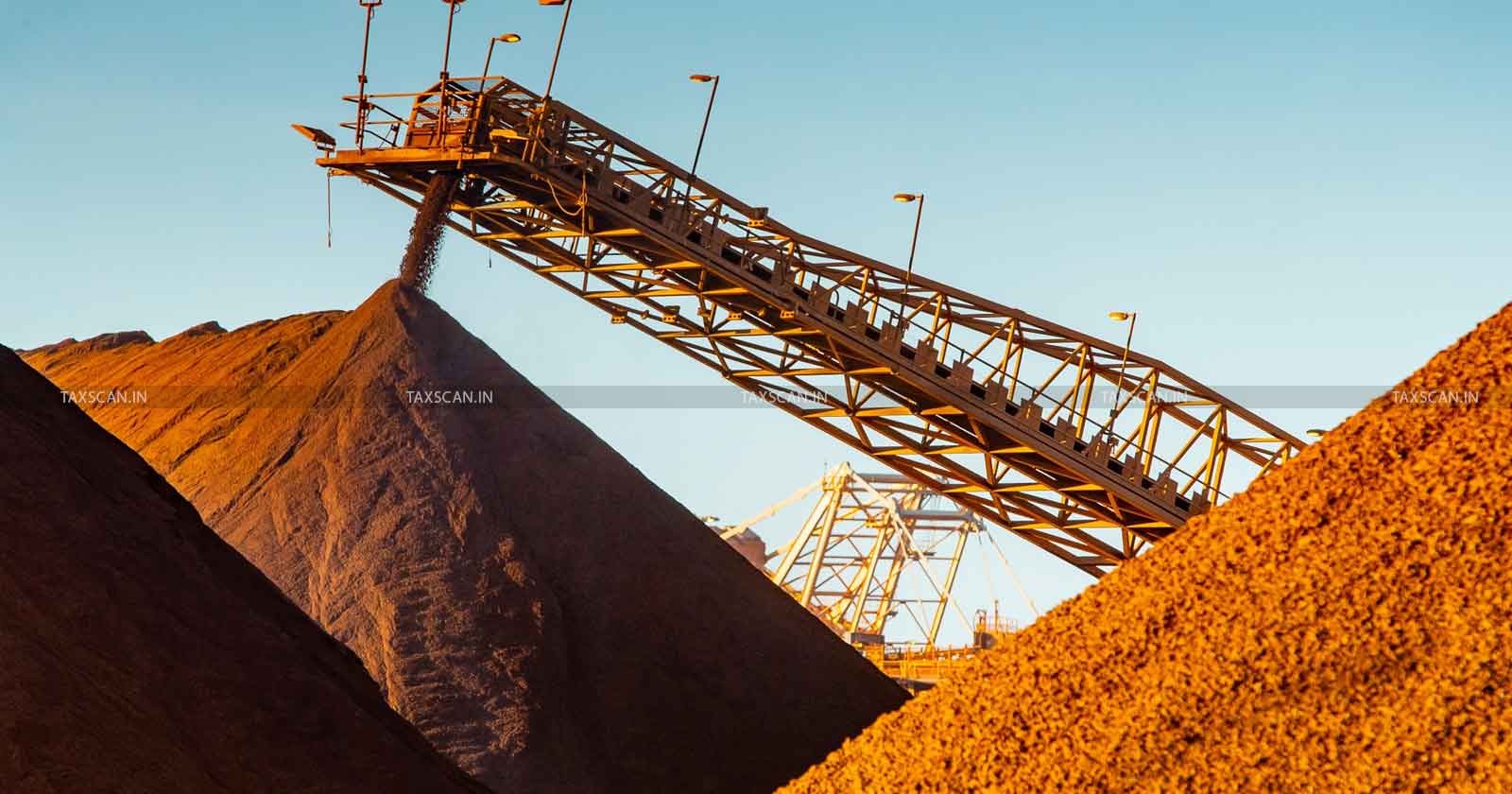Iron Content in Iron Ore Fines to be Calculated on Wet Metric Ton Basis for assessments before May 1, 2022, All Impurities Including Moisture Deducted for Customs Duty Determination: CESTAT

The Customs, Excise and Service Tax Appellate Tribunal (CESTAT), Kolkata bench has held that the calculation of iron (Fe) content in iron ore fines for customs duty determination must be done on a Wet Metric Ton (WMT) basis.
The ruling emphasised the deduction of all impurities, including moisture, from the total weight of the ore.
The ruling came in response to the two Customs Appeals filed by M/s. Bagadiya Brothers Private Limited challenging the previous orders of the Commissioner of Customs (Appeals), Kolkata and Bhubaneswar regarding the assessment of iron ore fines. The core issue revolved around the calculation of iron content in iron ore fines and its impact on customs duty rates.
The appellant, represented by Shri S.C. Chowdhury and S.N. Mahapatra argued that the iron content should be determined on a WMT basis, which considers all impurities, including moisture, to accurately represent the material as it is presented for export.
The respondent revenue, represented by Shri S. Debnath reiterated the order and supported the previous customs duty assessments that calculated iron content on a DMT basis, arguing that this method was appropriate and consistent with the relevant regulations.
The CESTAT cited a Supreme Court judgment in the case of Union of India vs. Gangadhar Narsingdas Aggarwal, which established that iron content should be determined on a WMT basis. This approach aligns with international practices.
The bench also referred to Circular No. 4/2012-Cus dated 17.12.2012, which was issued by the Central Board of Excise and Customs (CBEC). The circular also emphasised the determination of iron content on a WMT basis for customs duty calculation.
The bench also noted that this approach had been consistently followed in various judicial pronouncements, including decisions by High Courts and the CESTAT itself. These decisions emphasised that iron content should be calculated after deducting all impurities, especially moisture.
The bench noted that, with effect from May 1, 2022, a supplementary note was added to Chapter 26 of the Indian Customs Tariff, specifying that iron content should be calculated on a Dry Metric Ton (DMT) basis. However, the CESTAT clarified that this change only applied to assessments after this date, reaffirming the WMT basis for earlier assessments.
The bench cited the judgment of the Bombay High Court in the case of V M Salgaokar Brothers that supported the WMT basis for assessments before May 1, 2022.
Based on these considerations, the two-member bench comprising Mr. P. K. Choudhary (Judicial Member) and Mr. Rajeev Tandon (Technical Member) directed the assessing officers to determine iron content on a WMT basis by deducting the moisture specified in the test reports from NABL-accredited government-approved private laboratories. It further emphasised the application of the universally recognised formula for converting the percentage of iron content from DMT to WMT basis.
The bench concluded that the WMT basis is applicable for assessments in relation to the period prior to May 1, 2022. In other words, it applies to assessments conducted before the implementation of the change in the supplementary note to Chapter 26 of the Indian Customs Tariff, which specified that iron content should be calculated on a DMT basis starting from May 1, 2022.
Therefore, for assessments conducted before May 1, 2022, the WMT basis should be used to calculate iron content, deducting all impurities, including moisture, from the total weight of the material. After May 1, 2022, assessments should follow the DMT basis, as specified in the amended tariff note.
To Read the full text of the Order CLICK HERE
Support our journalism by subscribing to Taxscan premium. Follow us on Telegram for quick updates
M/s Bagadiya Brothers Private Limited vs Commissioner of Customs , 2023 TAXSCAN (CESTAT) 1227 , Shri S.C.Chowdhury & S.N.Mahapatra , Shri S.Debnath

